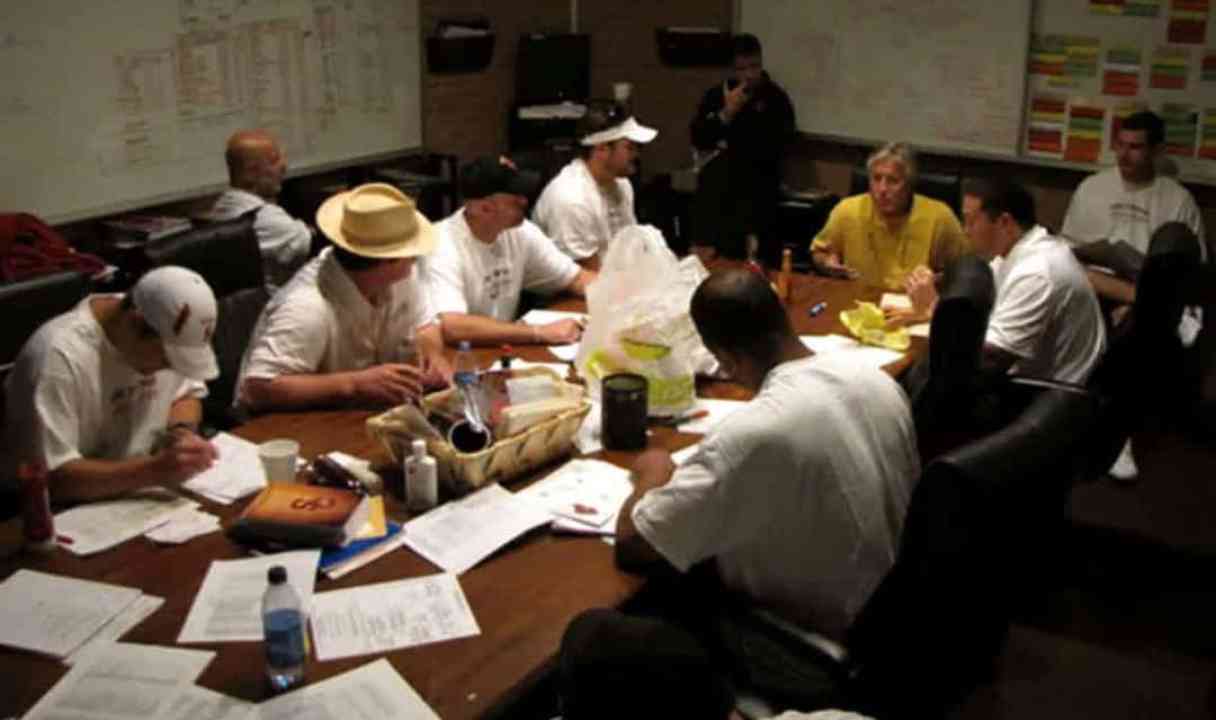
The Big Squeeze: The X-Type Matrix
This is the third article in a row I have written on leading, building the case for leadership—the hungry kind. So far, we have three main assumptions or elements:
- Leaders are substantially different than managers—and thank goodness for that.
- Leaders need structure—architecture—if they are to effectively respond to the core dilemma of their role: saying YES to the few and WAIT to the many.
- The purpose of that structure is to squeeze out the non-significant so only the most essential remains.
Japan, land of the bento box, provided us with the ideal decision-making format for leaders when they conceived of The X-Type Matrix. I first encountered it in 1985, when my sensei, Dr. Ryuji Fukuda (head of Quality at Sumitomo), introduced it to the West during one of his early Boston seminars. It was a Spock download. My mind flooded with information—but it took me decades to translate into meaning and use.
The X-Type Matrix is a flat (2-D) format, famously designed to hold a company’s annual plan on a single page. It takes its name from the large X you see in red in the blank matrix on the left (A). A completed matrix example is on right (B).
Like the bento box, the X-Type Matrix is a network of boundaries that interconnect every matrix element. The purpose of the bento box is to provide a well-balanced, nourishing meal that is beautifully yet compactly presented and easy to carry. The purpose of the X-Type Matrix is to provide a structure (a visual structure) that helps the leader design a blueprint that ensures the stability and growth of the company over the course of a year—even as it maps out exact resources required to make that so.
In both cases, the structure dictates the outcome. Oh wonderful.
In the X-Type, we see the leader’s dilemma operationalized. The physical constraints of the matrix prevent us from turning the matrix into a wish list. Because the geography of the form is sparse and strict, we must be careful, even shrewd, in our commitments—our pledges to excellence—because the format also requires that we resource our vision, not just want it. We commit to the sheet of paper. The limitations in that format constantly teach us about our limitations—even as the synergy between those limits and the leader’s incandescent need to prevail struggle for supremacy. That is the point: the power of limits.
For this and many other reasons, I have always considered the X-Type Matrix not just a testing ground for sound leadership—but a training ground for leaders-in-the-making.
Obviously, this article is not the place to provide a tutorial on operationalizing the X-Type in case you want to learn how to use it successfully before the end of the year. Look to my next book, Visual Leadership, for that—coming soon.
But I can tell you that most people give up on the X-Type far too quickly, mostly because they are not directed to the matrix’s beating heart. That beating heart is you. And how does that get operationalized?
I can tell you that it is not by making the X-Type a consensus-based process. In my experience, when you do that, you are likely to trigger yet another version of the tribal think, on a corporate level. Another form of managing. To work on the complete and elegant level of its original design, the X-Type Matrix must first be infused with the vision and will of the ranking leader; only then should it be shaped by other important inputs.
You doubtlessly recognize this familiar theme of mine: Do not confuse managing with leading. Yes, they need each other—but they are not the same thing. They each have a central role to play—but sequence matters. Begin with managing and you will find it very hard to introduce the leader mind set. Begin with leadership and managing can and will and must align with it and become a powerful support.
NEXT IN THE VISUAL THINKER: LEADING VERSUS MANAGING




